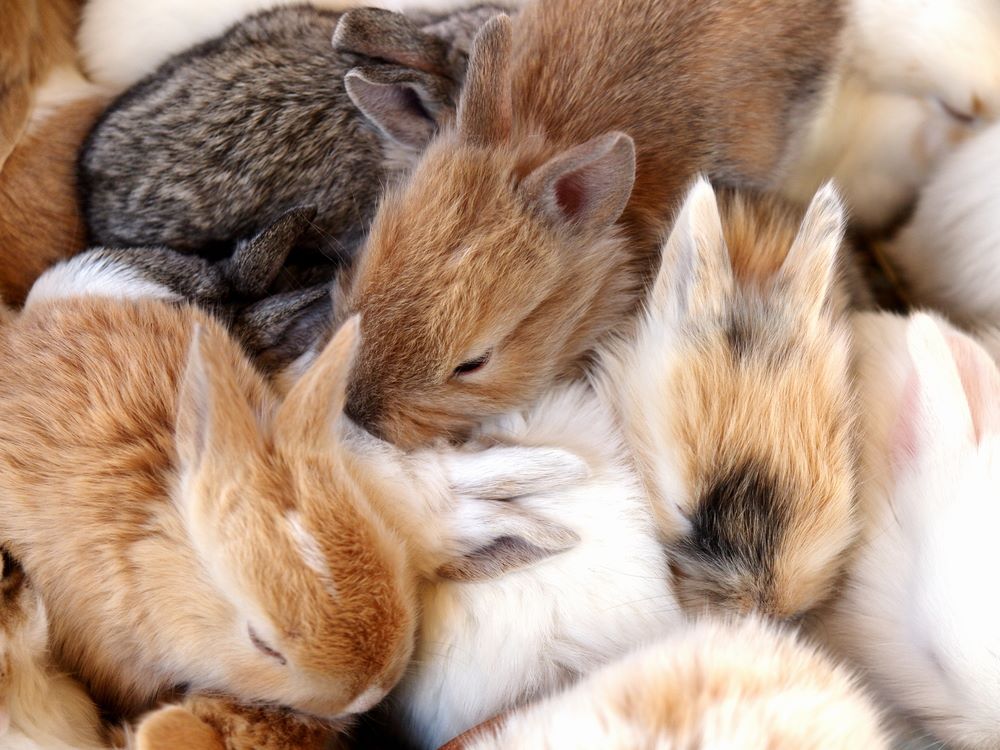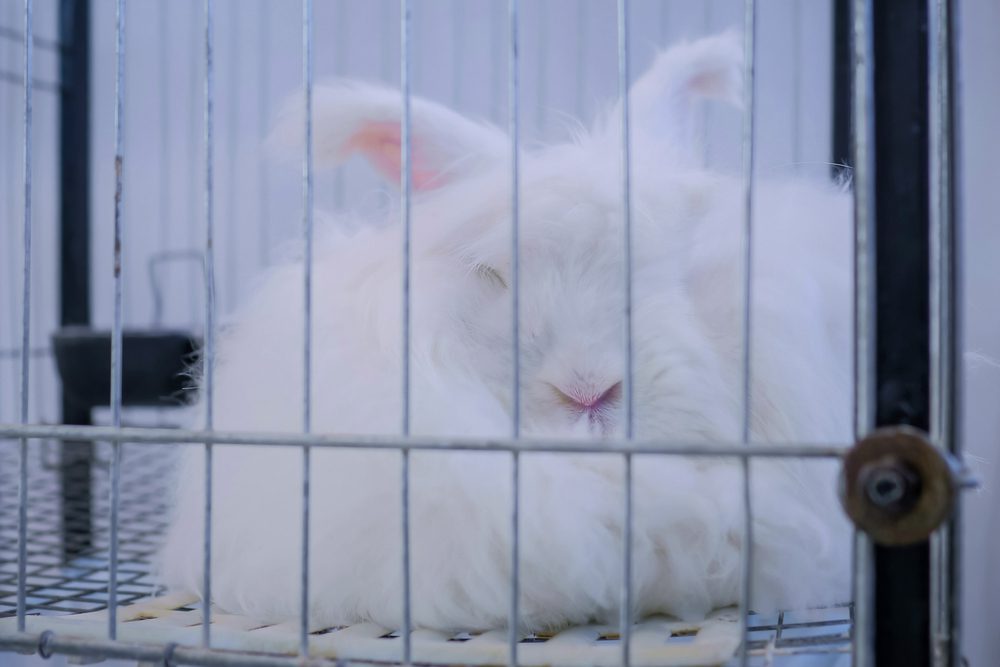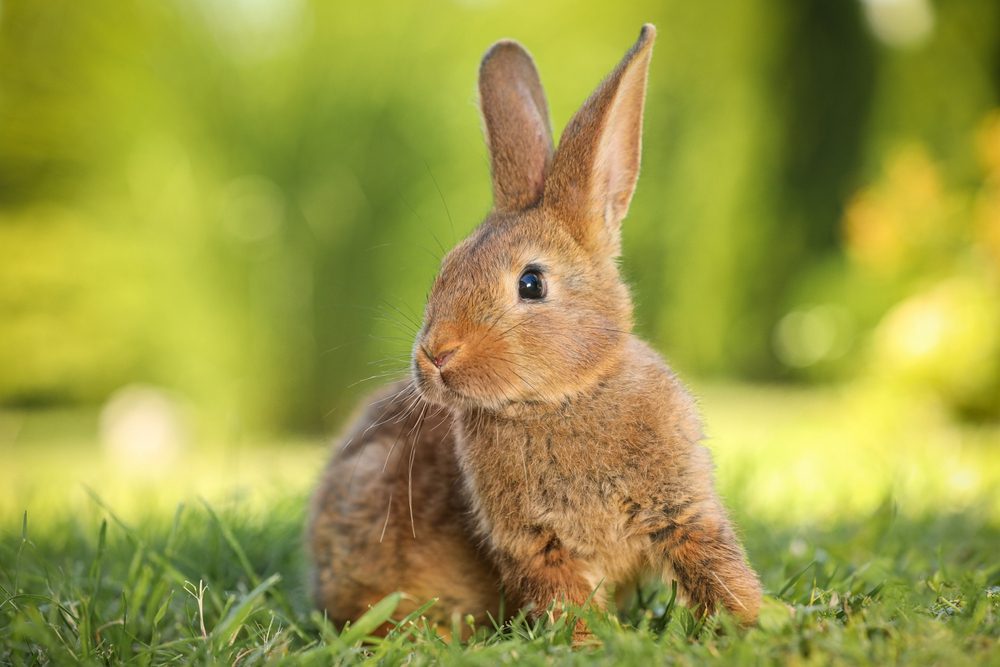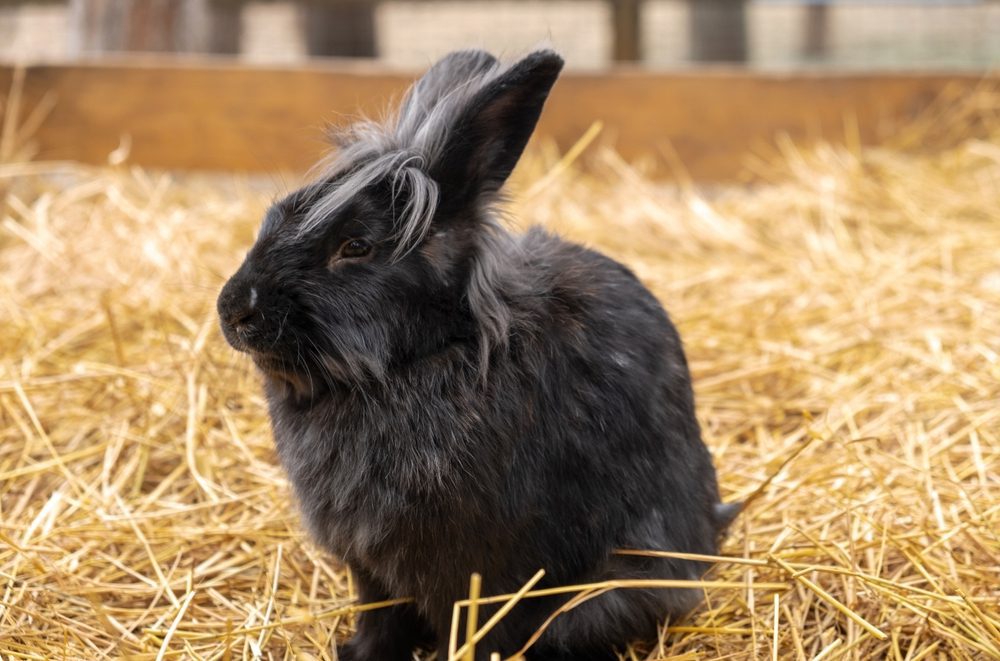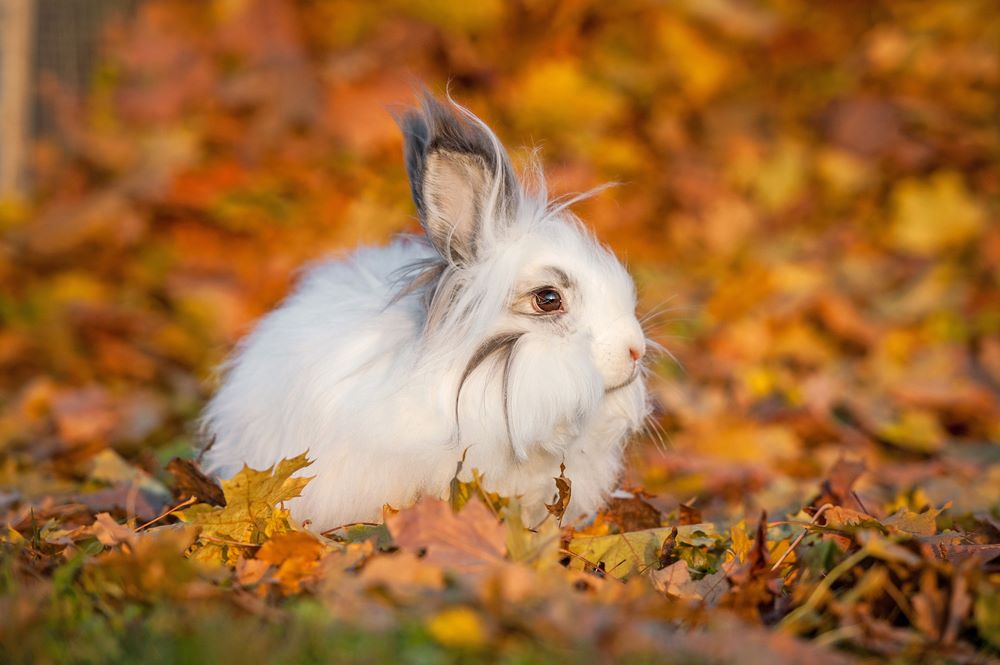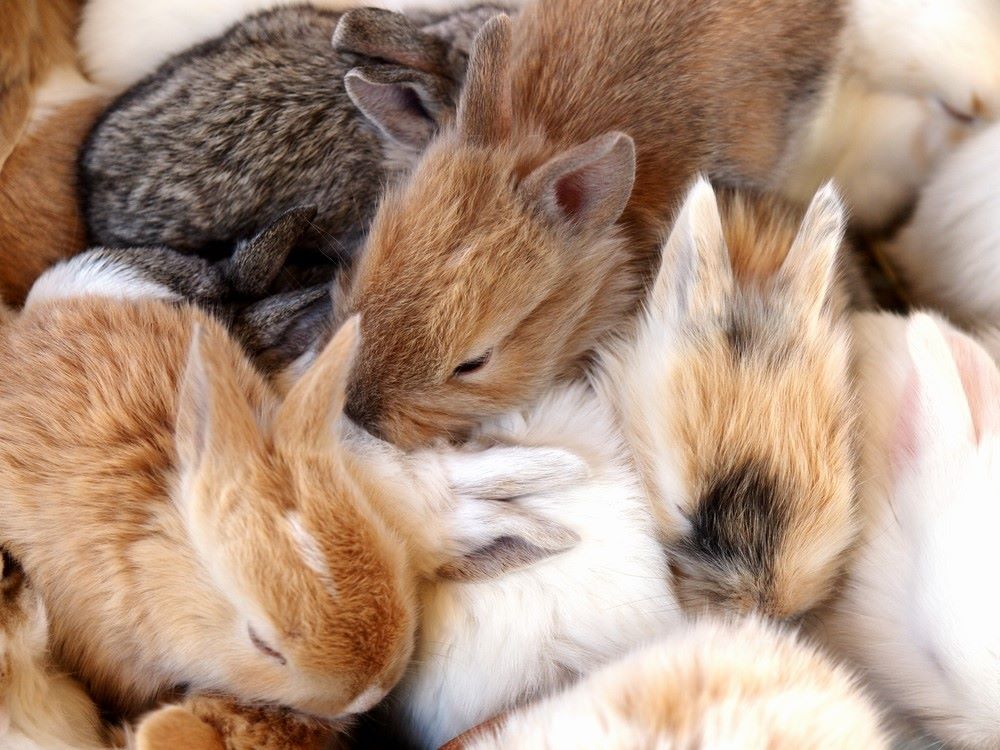Angora Rabbit Colors: An Ultimate Guide
Angora rabbits are not just prized for their soft, luxurious wool but also for the vast array of beautiful colors they come in. Understanding these colors, their genetics, and how they can impact the care, breeding, and showing of these rabbits is essential for both seasoned breeders and new enthusiasts alike. This guide delves deep into the palette of Angora rabbit colors, offering insights into the fascinating world of rabbit genetics and how to select or breed for specific colors.
Angora Rabbit Colors
Angora rabbits, known for their long, soft wool, come in a variety of colors approved by the American Rabbit Breeders Association (ARBA). These colors range from basic blacks and chocolates to more complex shades like agouti, chinchilla, and striking ruby-eyed white. Each color has its genetic makeup, influencing not only the appearance of the rabbit but also its showability and breeding potential.
Understanding Basic Color Genetics
At the heart of Angora rabbit colors are two primary genes: the B gene, which determines whether a rabbit is black or chocolate, and the D gene, which controls dilution, leading to blue or lilac variations. These genetic foundations set the stage for a multitude of colors and patterns found in Angora rabbits.
- Black and Chocolate: The foundation of all Angora rabbit colors. Black is dominant (B), while chocolate is recessive (b).
- Blue and Lilac: Dilute versions of black and chocolate, respectively, caused by the dd genotype.
- Ruby-Eyed White (REW): A result of albinism, where color is wholly suppressed, making the rabbit appear white with red eyes.

Popular Angora Rabbit Colors
Among the plethora of colors, certain hues stand out for their popularity and showability:
- Tortoiseshell and Its Variations: Characterized by a darker face, ears, paws, and tail, with a lighter body color. This pattern results from the interaction of the extension gene (E).
- Agouti Patterns: Including chestnut, opal (blue agouti), and lynx (lilac agouti), these colors feature hairs with bands of different colors, giving the rabbit a shaded appearance.
- Pointed White: These rabbits have a white body with points (ears, nose, feet, and tail) in black, blue, chocolate, or lilac.
- Broken Pattern: Specific to French Angoras, this pattern includes any ARBA-approved color combined with white, with specific requirements for the distribution of color and white areas.
Breeding for Color
Breeding Angora rabbits for specific colors requires a deep understanding of rabbit genetics. It’s not just about selecting the most appealing color but also ensuring genetic diversity and health. Breeders often aim for colors that enhance the rabbit’s wool quality and overall appearance, keeping in mind the ARBA standards for show rabbits.
The Role of Color in Shows
In rabbit shows, color plays a significant role in judging, with specific standards for each breed and color. Understanding these standards is crucial for breeders aiming to compete. For example, the clarity and richness of color, the evenness of the coat, and the absence of disqualifying faults are all assessed.
The Impact of Color on Angora Rabbit Care
While the primary care requirements for Angora rabbits are consistent regardless of color, specific colors may require additional attention. Light-colored Angoras, such as whites and creams, can show dirt and stains more readily than darker rabbits, necessitating more frequent grooming and cleaning. Conversely, darker colors may hide dirt but can also make it harder to spot skin issues or parasites.
Color and Angora Rabbit Health
There’s a common misconception that specific colors or patterns in rabbits might be linked to health issues. While there’s no scientific evidence to support this in Angoras specifically, breeders need to maintain genetic diversity and avoid inbreeding, which can exacerbate health problems regardless of color.
Advanced Color Genetics in Angoras
For those interested in the science behind rabbit colors, Angora genetics offers a complex and rewarding field of study. Beyond the essential B and D genes, other genetic factors like the agouti gene (A), which affects the distribution of pigment in the hair shaft, and the albino gene (c), responsible for the REW phenotype, add layers of complexity to Angora color breeding.
Conclusion
The world of Angora rabbit colors is as diverse as it is fascinating, offering a spectrum of possibilities for breeders, exhibitors, and enthusiasts. Whether you’re drawn to the classic elegance of a black Angora, the striking presence of a ruby-eyed white, or the subtle beauty of a blue tortoiseshell, understanding and appreciating the genetics behind these colors can enhance your experience with these remarkable animals. The journey into the world of Angora rabbit colors is a testament to the beauty and complexity of nature, and it provides a unique opportunity for learning, discovery, and the joy of raising these exquisite creatures.
FAQs
Can Angora rabbits change color as they age?
Yes, some Angora rabbits may experience a change in color as they mature, often due to fading, sun exposure, or molting.
Are certain colors associated with specific health issues?
While no direct correlation usually exists between color and health, certain genetic conditions linked to color genes can impact health.
How can I predict the color of Angora rabbit kits?
Predicting kit colors requires knowledge of the parents’ genetics. By understanding the basic principles of genetics, breeders can make educated guesses about possible outcomes.
Is it possible to breed for rare colors?
Yes, but it requires careful selection and understanding of genetics. Some rare colors may also be less desirable in shows due to ARBA standards.
Do specific colors require different care?
While care requirements are generally consistent across colors, lighter-colored rabbits may require more frequent grooming to prevent staining.

